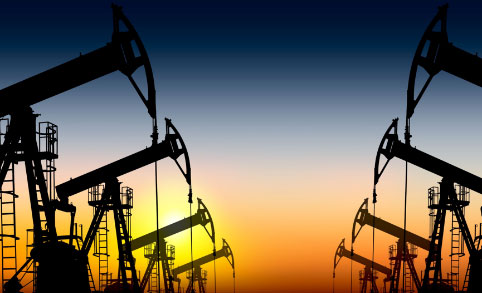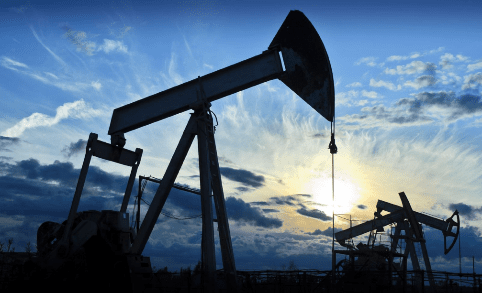Well borehole logging
Borehole logging is the practice of making a detailed record (a well log) of the geologic formations penetrated by a borehole. The geophysical logs are the physical measurements made by instruments lowered into the hole. Logging tools measure the natural gamma
ray, electrical, acoustic, stimulated radioactive responses, electromagnetic, nuclear magnetic resonance, pressure and other properties of the subsurface and their contained fluids. Well logging is performed in boreholes drilled for:
- Mineral Exploration
- Environmental and Geotechnical Studies
- Groundwater Exploration
- Geothermal Exploration
- Oil and Gas Exploration
Jewell sensors are used in the navigation subassembly to determine the bore’s attitude.
Measure While Drilling
A drilling rig is used to create a borehole or well (also called a wellbore) in the earth’s sub-surface, for example in order to extract natural resources such as gas or oil. During such drilling, data is acquired from the drilling rig sensors for a range of purposes such as: decision-support to monitor and manage the smooth operation of drilling; to make detailed records (or well log) of the geologic formations penetrated by a borehole; to generate operations statistics and performance benchmarks such that improvements can be identified, and to provide well planners with accurate historical operations-performance data with which to perform statistical risk analysis for future well operations. The term MWD refers to directional-drilling measurements, e.g., for decision support for the wellbore path, (Inclination and Azimuth). Jewell sensors are used in the navigation subassembly to determine the bore’s inclination.


